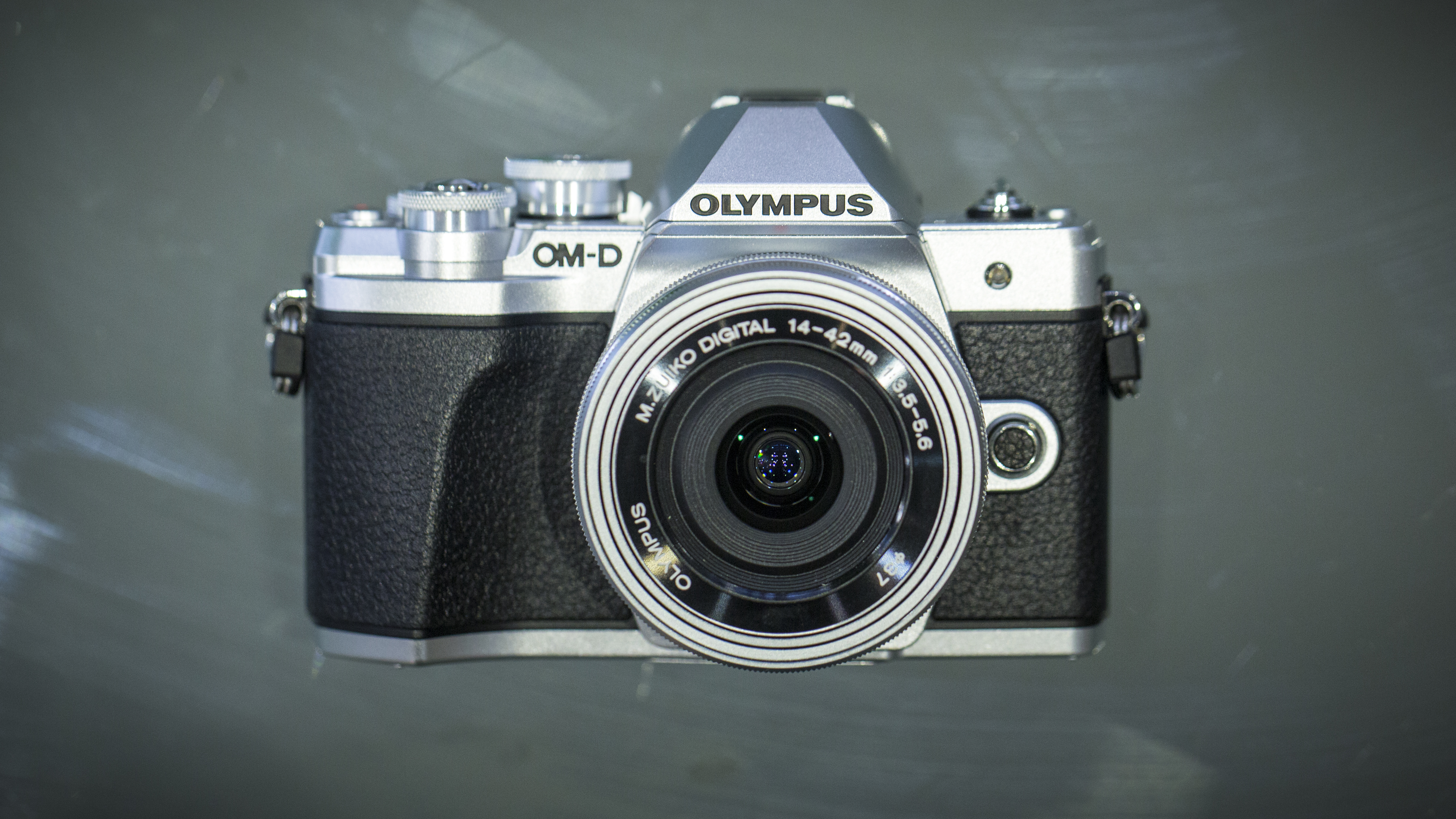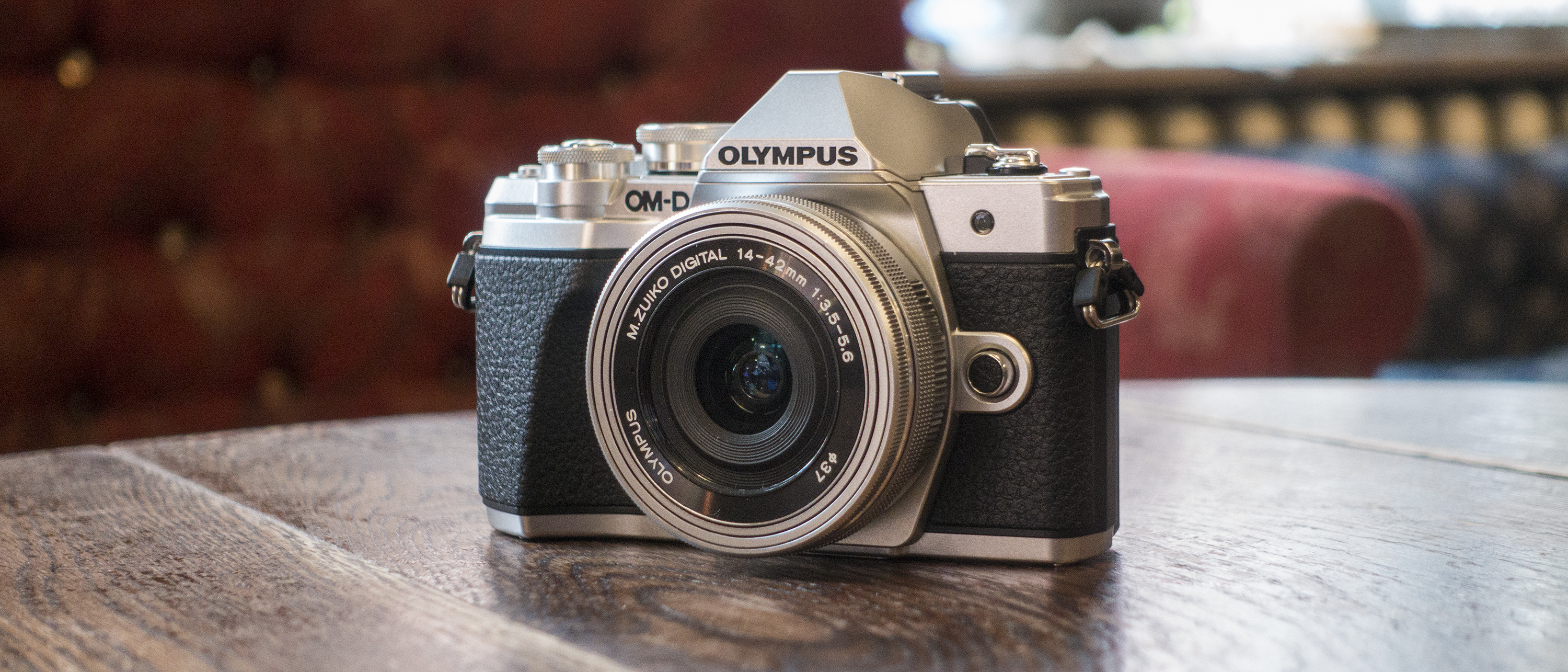Why you can trust TechRadar
Build and handling
- Revised design and grip
- Magnesium alloy construction
- Weighs 362g
We've always been impressed with the build and finish of the E-M10 range, and the Mark III is no different. Constructed from magnesium alloy, the E-M10 Mark III has a solid, durable feel that certainly feels much more premium than DSLR rivals like the Canon EOS Rebel T7i (EOS 800D).
The shallow but effective front grip on the Mark II has been beefed up here, offering a more satisfying hold without compromising the E-M10 Mark III's diminutive proportions.


The OM-D E-M10 Mark III retains the pleasing retro design of the Mark II, but with a few revisions once you look a little closer, most notably to the dials on the top plate.
The retro-styled power switch carries over from the Mark II – pushing this beyond the power-up position pops up the flash – but the design of the three dials has been refined, with the main mode dial more pronounced.
As before, the shutter release is at the centre of the front-most dial and within easy reach of your index finger, while the rear and mode dials are easy to operate with your thumb. The mode dial doesn't have a lock, but as we've found with the Mark II, it isn't easily knocked out of position in use.
Autofocus
- 121-point AF
- Coverage across most of the frame
- Face Priority AF and Eye Detection AF
The AF performance of the outgoing E-M10 Mark II impressed, and the system in the OM-D E-M10 Mark III is that bit better.
There's a boost in contrast-detect AF points, from 81 to 121, which combined with the addition of the latest TruePic III image processor should deliver snappier focusing speeds.

While some rivals offer on-sensor phase-detect AF points to speed up focus acquisition, their omission here doesn't seem to hamper the OM-D E-M10 Mark III too much in single AF mode. Focusing is pretty swift, even with relatively poorly-lit subjects; the AF does slow down slightly as you zoom in, although that shouldn't be an issue with one of the many prime lenses available for the camera.
Tracking could be better though. While the sensor array covers a large part of the frame, the reliance solely on contrast-detect AF means the camera can struggle to maintain focus with even moderately fast-moving subjects. In short then, focusing is great for static subjects, but you're left wanting when it comes to subjects on the move.
Current page: Build, handling and AF
Prev Page Introduction and key features Next Page Performance and image qualityPhil Hall is an experienced writer and editor having worked on some of the largest photography magazines in the UK, and now edit the photography channel of TechRadar, the UK's biggest tech website and one of the largest in the world. He has also worked on numerous commercial projects, including working with manufacturers like Nikon and Fujifilm on bespoke printed and online camera guides, as well as writing technique blogs and copy for the John Lewis Technology guide.

